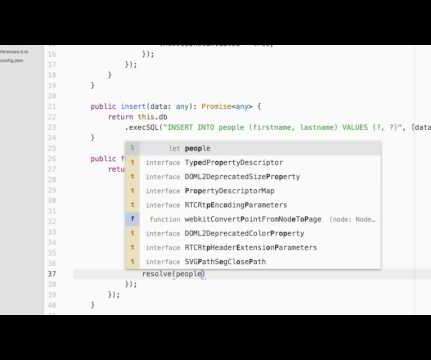Working With Shared Providers In A NativeScript Angular App
The Polyglot Developer
NOVEMBER 6, 2016
When building a NativeScript application with Angular , there are certain scenarios where you might want to share functions and variables across the pages of the application. There are other scenarios where you might want to pull similar functions into a class for code cleanliness. Both of these scenarios would find value in using Angular shared providers.











Let's personalize your content